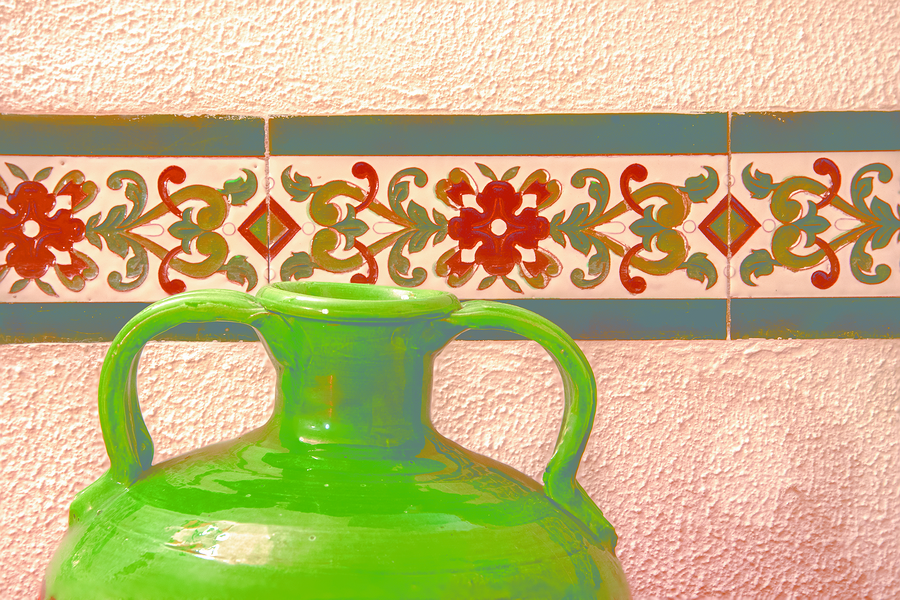Shipping Ceramics: Packing Tips

When you are buying antiques made of ceramics and want to ship them, you may experience some difficulties. This material is fragile, so the risk to break the 11th-century vase into little pieces scales up massively. What should you do then? Read our tips and learn how to ship ceramics without any losses!
Our purpose is to avoid scratches and breakages. The easiest way to do that is to wrap every item with any packing materials. These may include tissue paper, bubble wrap, or any other buffer. For example, you are packing an ancient vase or a mug. First, fill it with special packing peanuts — you should do that to create a safety layer inside and a kind of safety cushion. Then, take a preferred packing material and wrap the item. That’s it! You can choose several materials and make it even safer — for example, first, you wrap your vase in tissue paper, and then use bubble wrap as an additional layer. To fix the materials and avoid slippage, use the tape.
A lot depends on the size of the work of art. Your task is to select a corresponding shipping box — make sure that it fits the item snug, but there is some space to add more packaging materials. As it has been already said, ceramic objects are very fragile, so you should avoid direct contact with the sides of the box. Use packing peanuts or foam to fill the spaces between the item and the box. This will also prevent your ceramic piece from moving inside the box.
It is also possible that you ship several ceramic pieces in one big box. In this case, secure each of them with tissue paper and bubble wrap to avoid clashes. You can even divide your box into several separate sections using crossing pieces of cardboard.
The final step is to close the box with a ceramic piece of art and seal it with the packing tape. Mark the box with “Handle with care” or “Fragile.” Surely, when you ship a valuable masterpiece, it would be great to buy insurance. It helps cover the losses in case your box is damaged or lost.

